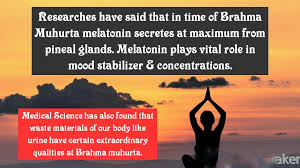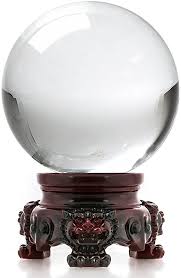Karthigai festival was eagerly awaited …immediately after Deepavali got over preparations were initiated. New earthen lamps were bought from the vendor …a wizened , bristly scrawny villager who brought it every year in a basket perched precariously on his head. Some neighbours bought the lamps from Mylapore Tank…but our villager had what we called a “kuthagai” or lien on the sole rights of our purchasing schedule. He would arrive around noonish knowing that the morning chores, lunch would be done. He was given some food and a glass of buttermilk and then the wares were chosen carefully. Chips and snicks, breaks and misshaped lamps were discarded and the best of the lamps was bought.
Next step was to draw a bucket of water from the well and the lamps were immersed for some time. Then the lamps were dried in the elusive sun who kind of knew that he would be in demand and decided to play truant behind rain bearing clouds. The lamps were thoroughly sun dried and stored.
Freshly pressed oil…it is only recently that I understood what cold pressed oil was with this flashback….was sourced. The grocer would source the gingerly oil in big shiny tins and we would buy one. There was a contraption that was used like a pump to draw the oil out of the tin. Wicks were placed and the lamps arranged on brass plates or Thambalam’s, trays, plates and placed near the puja room. Oil was poured and we waited for the sunset.
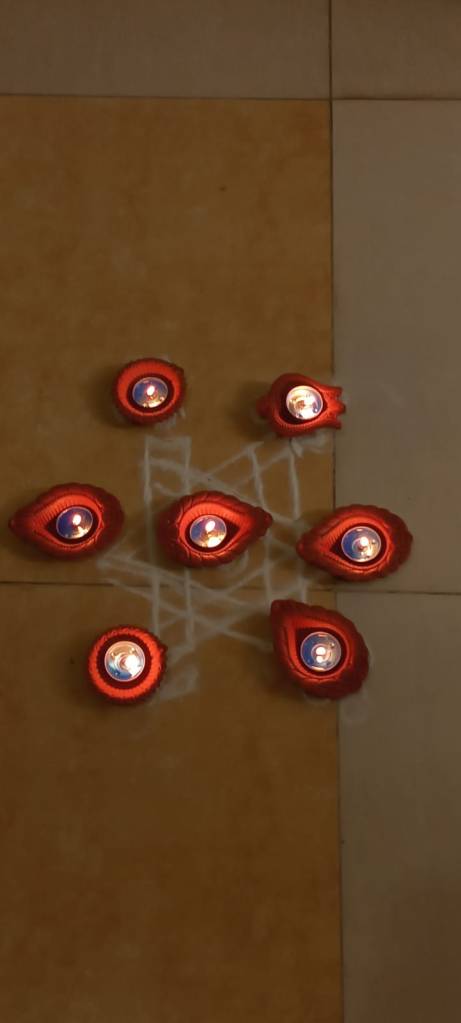
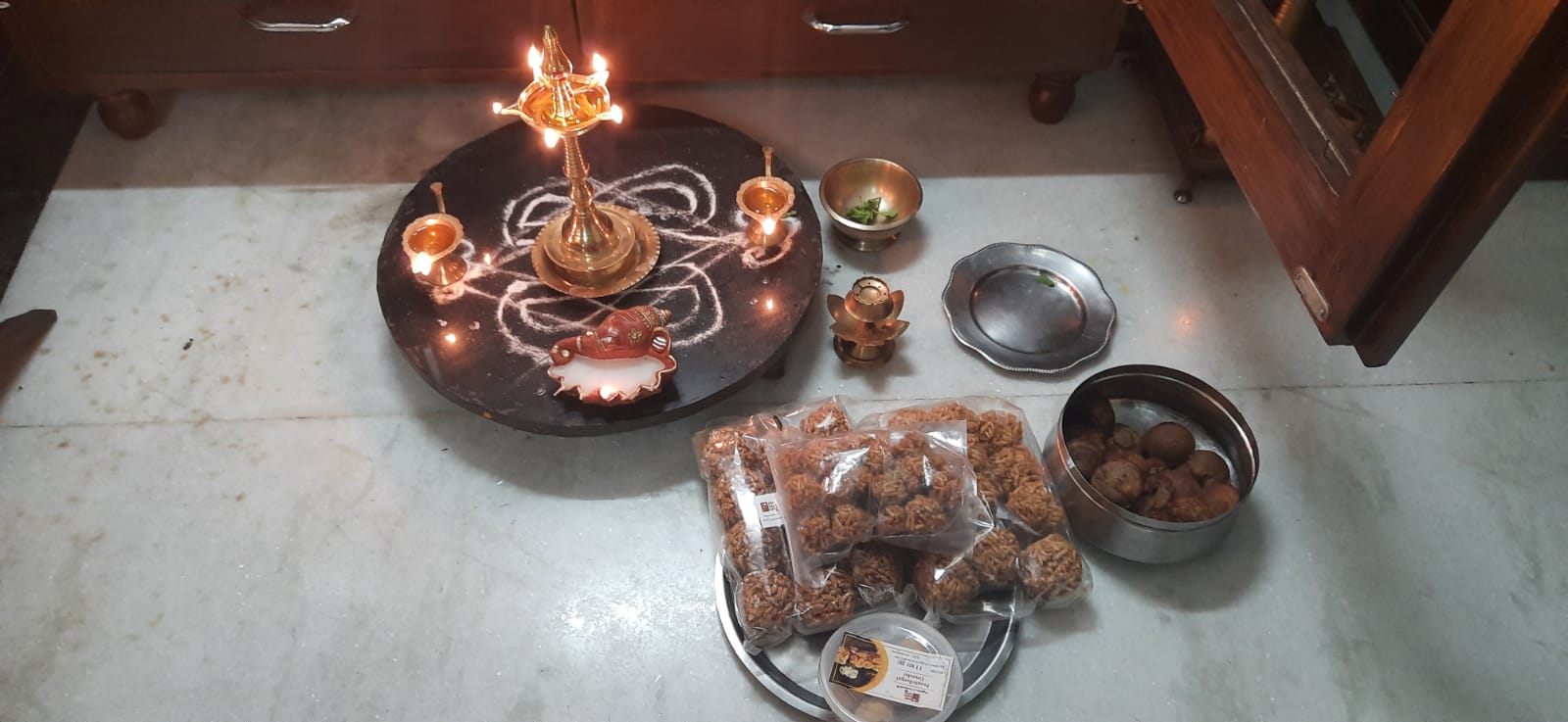
Meanwhile Amma would make the three different murmuras or pori urundais…the puffed rice was also brought to the door by an itinerant vendor who usually brought the arisi or puffed rice freshly made. For Karthigai, he brought puffed rice, poha rice (Avalon’s pori) and rice husk puffed rice…nellu pori.
Making these laddus was an art. The gelling quality of the vellam/gud syrup was important. You had to have new gud and it had to be melted and strained to remove impurities. The puffed rice was poured into the hot syrup and with ghee lining the palms there was a race to make the laddus for if it cooled down, then it could not be rolled into a Ball! I learnt how to make this from my mother but my MIL was an expert and I would do the preliminary stages of getting the pori ready in the syrup and give it to her for rolling. I was reminded of this when my bestie .. Shantha Radha posted her laddus which she declared was an achievement for her as it used to be a hit and miss task each year. (See picture)
Each family had a story about these laddus. In orthodox Thanjavur tradition, the pori was only mixed with the syrup and left to form clumps or coated pieces of Poris. Pori was not made into laddus as it is associated with rites of passage.
Some families made appam ( rice and gud dumplings) too and that was another tedious process. Adai made with all the dhals, rice and green spices and butter and coconut Thuvayal was the tiffin that evening. The sweetmeats were taken to the married daughter’s home and she was given Karthigai seeru….as the festival is also dedicated to the well being of brothers. For my first Karthigai, the seeru came by SRS lorry service from Mayavaram sent by my dearest Aunt Jayam Mami! New clothes and later on a sari was always presented by my mother as long as she was there! Nowadays, we make do with cash as all of us are scattered.
The line of earthen lamps lit at twilight in all the homes was a beautiful sight. Children were given the task of refilling oil and seeing to it that the lamps were lit. Meanwhile, crackers saved from Deepavali or bought for Karthigai were burst in front of homes!
One vivid memory takes me back to the 60’s…Karthigai is celebrated for 3 days…Sarvalaya Deepam, Annamalai Deepam and Kuppai Karthigai when the lamp was lit at the back of homes near garbage bins! Of course every year arguments were rampant about who celebrated the festival on which day as each family had a tradition and the Vedic calendar played ducks and drakes with the designated dates that were muddling to say the least.
There was excitement on the second day of Karthigai in Gopalapuram. There was a car chase being filmed and the actor Muthuraman was the hero. It was afternoon and we were all standing outside our gate eating our pori urundai and gawking at the stars! Muthuraman’s car drove up and was parked in front of our gate. His window was lowered and he was waiting for his shot with a revolver in his hand. My mother…feeling sorry for him …offered him a pori urundai. He put away the gun and took it from her, relished and ate it and said..Thank you Amma!
For the past few years my pori urundai is catered to by Saravana Bhavan or A2B! But I still have some lovely friends who share their homemade pori urundais with me!
The pori urundai photo is from Shantha Radha ‘s pooja! The kolam and lamps are from Sathanchery Ratnaswamy Sekhar ..his wife Uma makes the most beautiful rangolis..and she is an ace cook! They have moved away from Athashri…Uma used to make my front door kolam for all festivals and share all the special dishes she cooks…I miss her 😭!

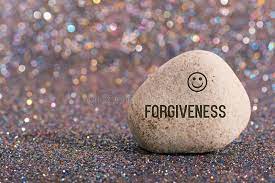





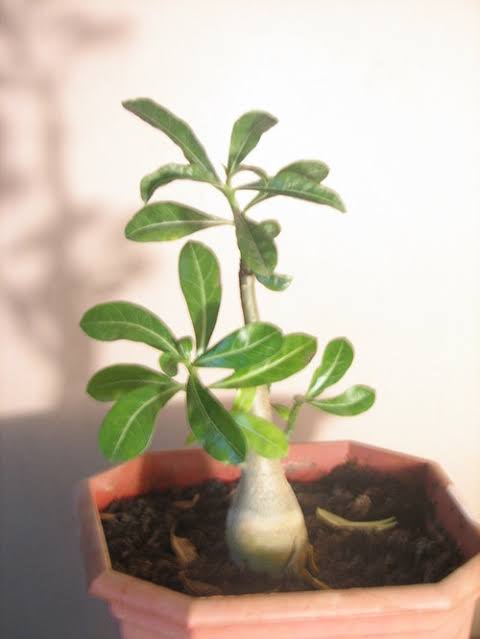 I have an Adenium for the past three years who refuses to bloom. I have talked, scolded, ranted, pleaded, sung, ignored, promised dire consequences to her…but she sits there without any red blooms. My rose plants take turns to bloom but I’m okay with that.
I have an Adenium for the past three years who refuses to bloom. I have talked, scolded, ranted, pleaded, sung, ignored, promised dire consequences to her…but she sits there without any red blooms. My rose plants take turns to bloom but I’m okay with that.



